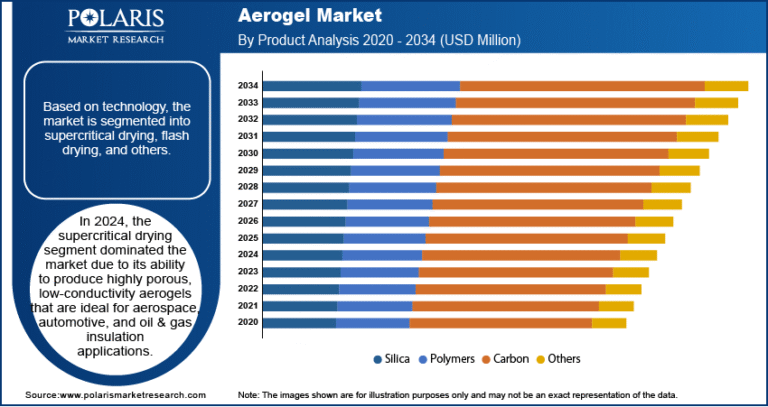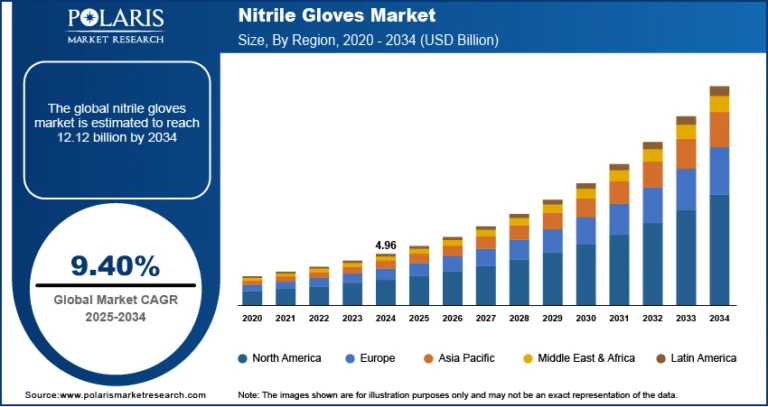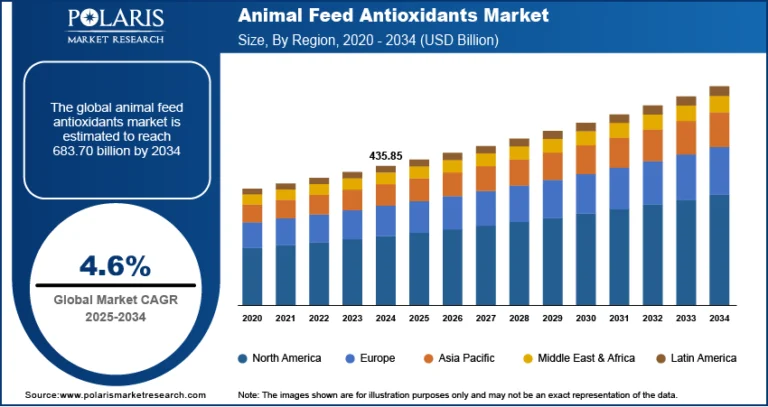Arbovirus Testing Market projected to reach $1.98 Billion by 2034, growing at a CAGR of 4.70%.

The Arbovirus Testing Market reached USD 1.25 billion in 2024 and is anticipated to grow at a CAGR of 4.7% during 2025–2034. Rising risks of vector-borne diseases due to climate change and globalization are driving the demand for advanced arbovirus diagnostics.
Key Market Trends:
-
Rising Integration of Point-of-Care (PoC) Testing: Rapid PoC diagnostic tools are being increasingly deployed in low-resource and remote settings, enabling quick detection and treatment decisions. These kits offer convenience, faster results, and ease of use, especially in outbreak-prone areas.
-
Technological Advancements in Diagnostic Platforms: Innovations in molecular diagnostics, such as isothermal amplification and CRISPR-based assays, are offering highly sensitive and specific testing capabilities for arboviruses. These technologies are improving clinical outcomes and facilitating more robust surveillance.
-
Increased Public-Private Collaborations: Partnerships between governments, healthcare organizations, and diagnostic manufacturers are rising to support the development and distribution of affordable arbovirus test kits. These collaborations aim to strengthen preparedness and response strategies during epidemics.
-
Expansion of Vector Surveillance Programs: Health authorities across many countries are expanding their surveillance systems for mosquitoes and arbovirus transmission. These initiatives are fueling the demand for reliable and scalable diagnostic tools for effective vector monitoring.
-
Growing Demand in Emerging Economies: Developing regions, particularly in Asia-Pacific, Latin America, and parts of Africa, are witnessing increased investment in diagnostic infrastructure and testing capabilities. The growing awareness of vector-borne diseases is translating into higher adoption of arbovirus testing solutions.
Market Size & Forecast
|
Market size value in 2025 |
USD 1.31 billion |
|
Revenue forecast in 2034 |
USD 1.98 billion |
|
CAGR |
4.70% from 2025 – 2034 |
Request for Free Sample:
https://www.polarismarketresearch.com/industry-analysis/arbovirus-testing-market/request-for-sample
Market Overview:
The arbovirus testing market is gaining notable traction due to the increasing prevalence of mosquito-borne viral infections such as dengue, Zika, chikungunya, and yellow fever. These diseases are of significant public health concern, particularly in tropical and subtropical regions. The need for early diagnosis and surveillance of arboviruses is pushing healthcare providers, laboratories, and governments to adopt advanced diagnostic solutions. With the growing risk of outbreaks fueled by climate change, urbanization, and international travel, the demand for efficient arbovirus testing tools is escalating globally. Technological advancements in molecular diagnostics, such as RT-PCR and next-generation sequencing, are enhancing the accuracy and speed of arbovirus detection, thus improving disease management and control.
Key Market Opportunities:
The market presents significant growth opportunities with the development of multi-pathogen detection panels that can identify various arboviruses from a single sample. This is especially crucial in areas where co-infections are common. Another opportunity lies in integrating digital health tools with diagnostics, allowing real-time data sharing and enhanced epidemiological tracking. Moreover, governments are increasingly allocating resources to healthcare preparedness, which is expected to result in greater demand for preventive and diagnostic tools related to vector-borne diseases. The introduction of portable, affordable testing kits tailored for community-level use opens avenues for manufacturers to penetrate underserved markets and contribute to wider healthcare access.
Market Scope:
The arbovirus testing market spans a range of testing technologies including ELISA, immunoassays, nucleic acid amplification, and rapid diagnostic tests. The market serves applications in public health laboratories, hospitals, diagnostic centers, and research institutions. Geographically, while the market has a strong presence in tropical zones, global warming and changing climate patterns are expanding its scope into new regions. Increasing awareness, supportive regulatory frameworks, and the need for epidemic preparedness ensure that the market has long-term potential. Moreover, ongoing research and innovation in diagnostics are expected to further widen the market’s application across multiple healthcare and environmental settings.






